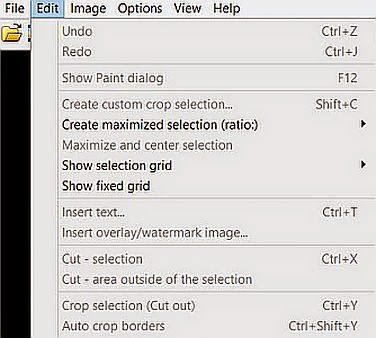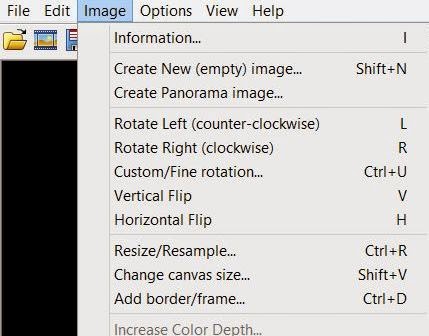 |
| How to Prioritize a Task |
Writers deal with shifting priorities all the time. If we
have children, we put their needs before just about anything else. A spouse
often comes before our needs. We face deadlines with books, with blog posts,
with friends' expectations... you name it. There are always things tugging at
us. Asking us to decide which is more important.
How do we decide? By putting them into a chart like the one
shown here. There are four quadrants: Important, Not Important, Urgent, Not
Urgent.
Important implies something that must be done, but perhaps
not this moment. Urgent means it's something that must be done now. Not
important means it can wait until a better time. Perhaps nothing bad will
happen if we don't do it at all, or at least the consequence is something we
can live with. Not urgent means it should be done, but can be put off.
What's the difference? An urgent task has a looming deadline
or one that has passed. It can have a significant impact on your life.
Important tasks don't have a deadline, but they have an impact anyway. Urgency
is associated with time and impact. Importance is associated more with impact.
So how do you decide what to do first? Consider whether the
task at hand has a deadline. Must it be done right now? Paying the light bill
by a certain date to keep the lights on is an urgent task. Changing a burned
out light bulb might be important if it means you can't see to pay the light
bill.
Think of the Urgent and Important tasks as putting out
fires. They are extremely important. Things could get worse if they are not
handled now.
Important but Not Urgent tasks are things we do to be
proactive. We can do them at a pace that allows us to spend "quality
time" on them, without rushing. But they must be done.
Urgent but Not Important tasks are things we have to do
right now (answering the phone) but that you might be able to shuffle a bit.
Not Urgent and Not Important tasks are things we do that
don't add to our goals, such as shopping, playing a game, even some driving.
These are more "time wasters" than productive items.
 |
Tarthian Empire
Companion |
Plug a few tasks into this chart and see how they fall. If
they are not urgent and not important, they can wait. The urgent and important
can not. Determine where your tasks fall in this chart and you will be well on
your way to prioritizing your next task.
---
Kayelle Allen is the founder of Marketing for Romance
Writers. She is a multi-published, award-winning
author, and the owner of The Author's Secret, an author support company. Her unstoppable
heroes and heroines include contemporary characters, futuristic immortals, covert agents, and warriors who purr.








